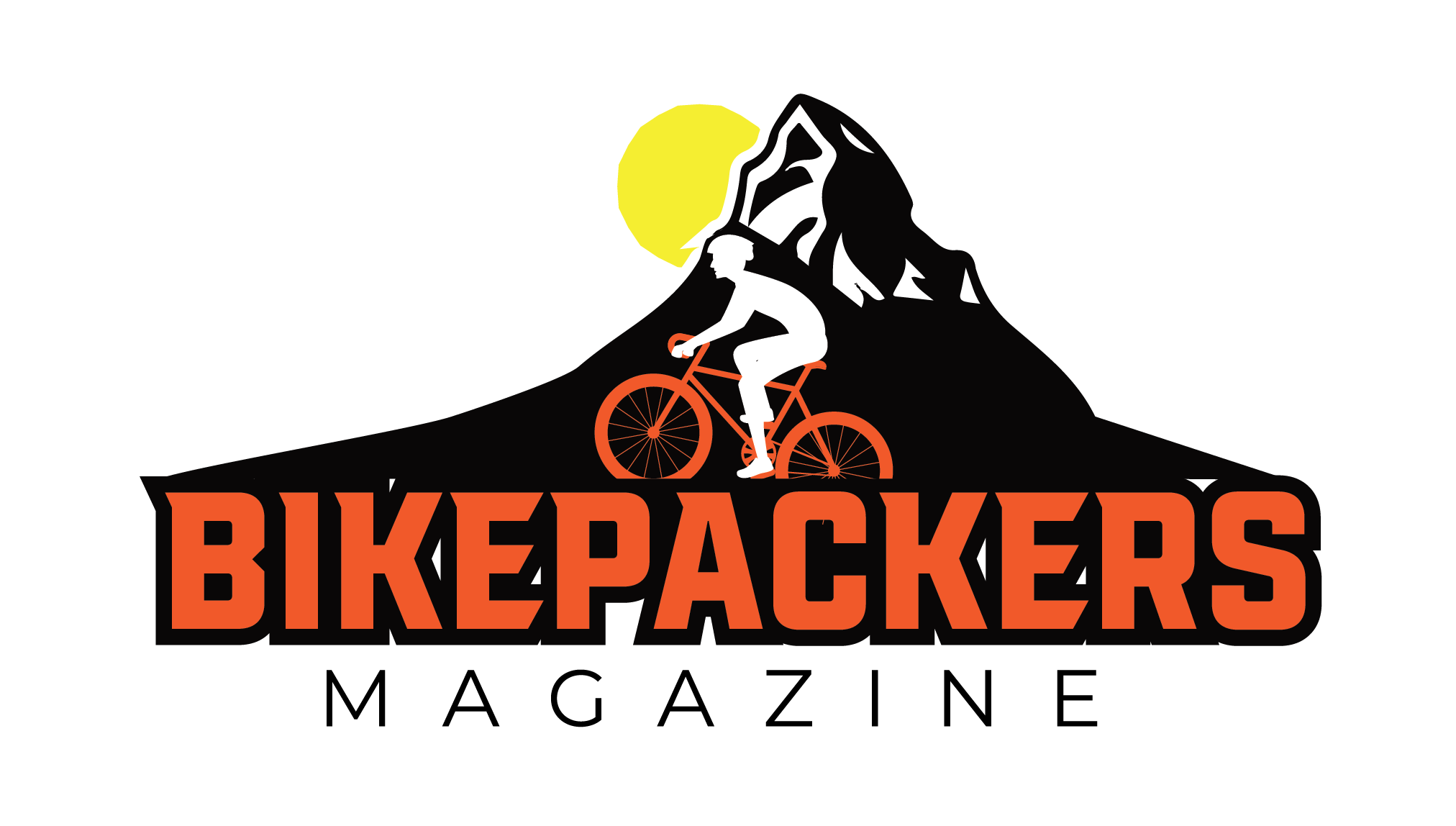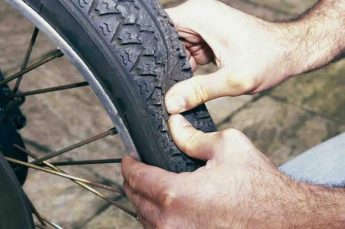Introduction
Quick Navigation
Have you ever thought if your tyre pressure is excess or too little?
Have you ever pinched flatted, or burst a tyre off the side of a rim?
Has your rim ever broken on the inside rim wall where you can’t notice it?
If we correlate our recommended pressures with those of a manufacturer, it comes to be obvious that the broader the tyres become, the more disparity there is between our provided pressures. This is primarily to do with the capacity of aluminium rims, somewhat than the tyres.
It is rarely known that rim producers possess ultimate tyre pressures which are lower than that of a tyre. Our suggested pressures all fall shorter than the rim manufacturer’s pressures, just to be on the stable side.
Rim Cracking
Over-inflated tyres can break rims this is why rim factories possess their utmost pressures. The cracks are most normally set up on the inward rim wall underside where the tyre sits. We’re certain over-inflating has endorsed numerous broken rims on touring bikes in the past.
Tyre Pressure Factors to Evaluate
Puncture Resistance
The bigger the tyre pressure, the little sharp objects glass, thorns etc the tyre will puff up off the road. For steady road riding, we suggest utilizing the ultimate tyre pressures on the chart.
Check also for more details
Getting ‘X’ shapes illustrating on the sidewall of your tyre?
The likelihoods are that your tyre strength is too low for the roads you’re riding. The ‘X’ wear traces shape when the tyre damages too much, normally over rough corrugated roads. There appears to be a fine line between minimising this damage and running your tyres at a shorter pressure for convenience.
Mountain Bike Tyres
MTB tyres frequently assign larger sidewalls for lower pressures particularly tubeless versions. For 2.0″ and wider MTB tyres, you should examine what the factories minimum and maximum pressures are. If your bike is holding up plenty’s of gear, you’ll require to prevent running your pressures on the downward end of the scale.
Tandems
It’s more the minimum pressure that tandem cyclists should look out for providing the increased load on the tyres. We propose choosing higher pressures if you can.
Tyre Pressure for Touring Bikes
With a 4.0 bar as your beginning point, you can’t go bad. But even within this technique of bike, the range is vast. Sporty city bikes run on slimmer tyres of approximately 35 mm, while some touring bikes are nearer to mountain bikes, with wide tyres of about 50 mm. If your tyres are considerably narrower than 40 mm, 0.5 bar more can’t hurt; contrarily, if your tyres are closer to 50 mm, you can lessen it by half a bar.
Valve types on bicycles
Presently, there are various types of valves utilized for bicycles, but these are sometimes labelled by different names.
Dunlop Valve
The Dunlop valve can also be referred to as the flush valve or normal valve because it’s the most popular valve utilized for bicycles. It’s very simple to employ unfortunately this furthermore functions to its shortcoming as it can be reduced promptly by accident. If you want to increase it, you just put the pump on to discharge air, you can carefully unscrew the top nut.
Auto /Car Valve
The auto valve, also recognized as the Schrader valve, is very robust and can effortlessly be enlarged at any petrol station. Unfortunately, you require a varied pump for an auto valve. Inflating is relatively easy with an auto valve just pump it up and go! Letting air out is a bit more complicated: you have to utilize a sharp object to clutch the metal pin adjourned in the valve.
Conclusion
Tyre pressure retains such an effect on performance that it actually should be something every rider seizes time to deem, it’s not just a question of banging in the maximum anymore for a tyre to grope fast. With so much study data pointing to the positive effect on both rolling obstruction and relief of lowering pressures, we think it’s time all of us test with pressure.

